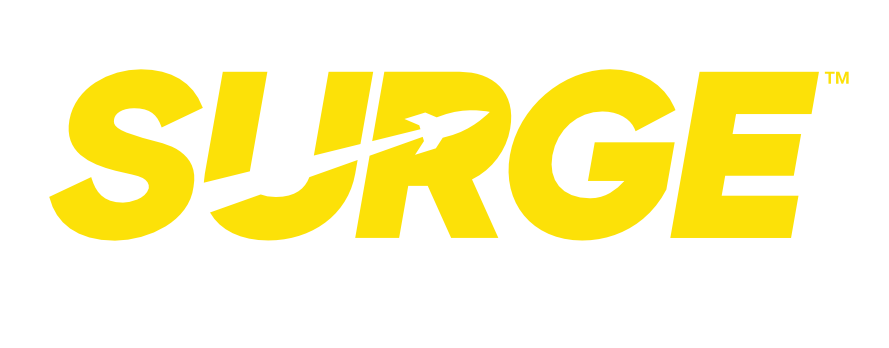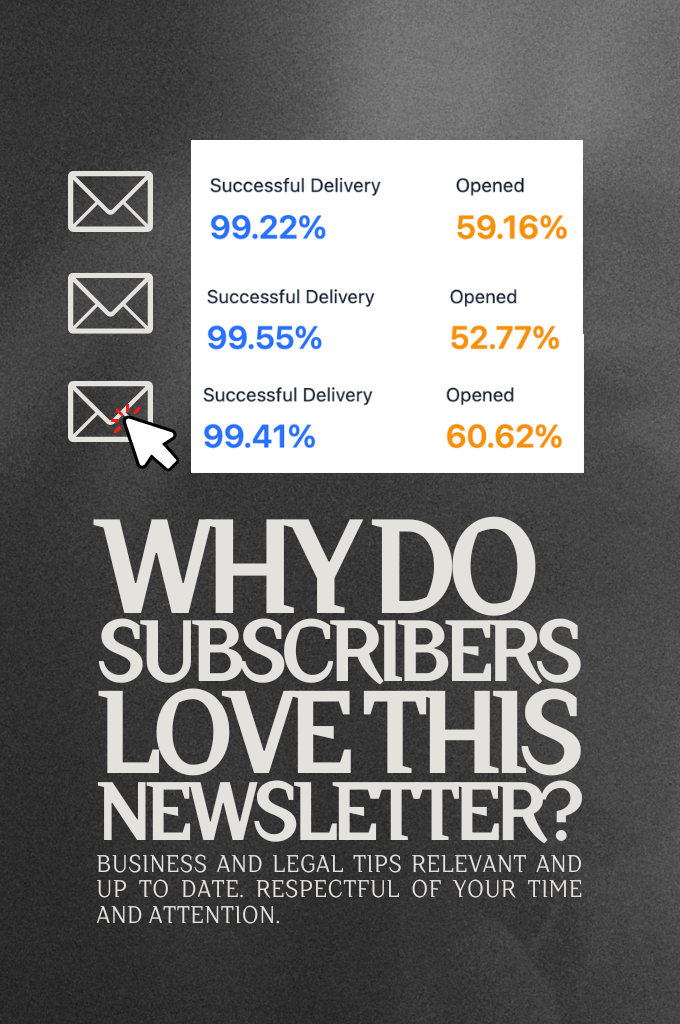7 AI prompts to Help You Start a Business This Summer
Starting a business isn’t that hard. While our firm helps people form LLCs and corporations, many business ideas can get off the ground without legal effort. The easiest businesses to start are service businesses, where you, the operator of the business, provide a valuable service. This could be as simple as pet sitting, house cleaning, lawn care or bike repair.
One thing we do at this firm is help people avoid legal problems. It is way easier to avoid problems than to fix them. You can avoid the most common problems with a little planning.
I decided to see if I could get AI to create a plan for a prospective business owner who wanted to start a business get launched effectively. Since I know the kinds of things that trip people up, I was able to tell the AI specifically what I wanted. Overall, I was extremely happy with the results.
Which AI system should you use? I tested these with Gemini 2.5, but I think you should try a few. If you have ChatGPT and Gemini, you can ask them both the same questions and combine the answers. I’ve noticed that they each have different personalities and can sometimes approach a question slightly differently. I don’t use Claude much, but know some people who love it. It would be worth a try as well.
Goal: As much step-by-step instruction as possible to get a service business launched in a short time.
Assumptions:
- You will be the primary or only person active in the business at first
- You will be offering services locally
Step 1: Be professional
A former boss of mine had a saying. I can’t remember it exactly, but it went like this: Anything worth doing right once is worth doing right again and again. I’m sure I’ve messed it up, but the point is, success should be repeatable. You wouldn’t like it if you went to a restaurant and had a delicious meal, then went back a week later to order the same thing and it was terrible. We want to be consistently excellent.
You are a business coach who helps young people start businesses. I am 18 years old and have made a little money during the summers mowing and doing yard work. I’d like to start a business that can help me make a lot of money. Help me create a checklist to do for every customer that will make my service feel premium and professional and help me get a lot of referrals. Eventually I’d like to hire someone to help me, so it should be something I can use to build a team.
In first prompt, we want the AI to give us ideas on how to do the job with excellence. First, we tell it to adopt a personality. A business coach. Then we give it some context. Next we tell it our goal, and finally, we tell it what to produce. In this case, a checklist.
I love checklists. Every service business should have a checklist. When you have a checklist, then you can be sure when you do a job, you do it right each and every time. When airplane pilots started using checklists, plane crashes became exceedingly rare.
For this example, I’ll use a mowing business, but you should change out the underlined part to match your business goal.
Step 2: Build Profits and Give Customers Choices
When people have a chance to buy, they feel more in control when they have choices. Some people want basic services, some people want more. We want people to have choices, so let’s ask the AI for help.
What are some premium add-ons I can offer with my service? Ideally things that are easy for me to do but are valuable for the customer and would be profitable to offer.
Here, we can find out a list of things we can add. You don’t have to take every suggestion. Start with things that are easy for you to offer. For example, hedge trimming may be a great add-on but require you to buy expensive tools. While fertilizer or weed killer may be a cheap option.
Step 3. Offer Value, not Features
There’s a great video by Simon Sinek where he explains the difference between value and features. A phone with 256GB of storage is better than one with 128GB of storage. That’s a feature. Store twice as many photos and videos is a valuable benefit. If you’re always having to delete pictures off your phone to make room, then you will understand why the storage is good.
How can I describe my service to my clients that highlight how valuable it is to them and to justify me getting a fair price?
Let’s get the AI to help you use the right words to explain the benefits your service offers to your future customers. The list may include things that you don’t understand. For example, with the lawn care business, one of the benefits is “curb appeal.” If you aren’t familiar with what that means, ask the AI for help understanding it.
Step 4. Focus on the Right Audience
Finding the right audience is very important. And different audiences will have different values. Someone who shops at Dollar General probably has a specific benefit in mind, and that could be different than someone who shops at Amazon. Make sure to know who your right audience is so that you can explain the value in a way that’s meaningful to them.
Help me understand a few niches I can focus on that will appreciate my work. Help me understand the value proposition I can use when talking to them.
A “niche” (sometimes pronounced like neesh, sometimes like nitch) is an audience with a specific goal in mind. I’m a business attorney focused on small and growing businesses. My niche is business owners with a business that has zero to 100 employees. If someone says, “I want to sue a business” I decline, because while that is business law, my niche is business owners. The prompt above will help you find a niche that works for you.
A value proposition is a way of describing your business in a way that makes perfect sense to your target customer. I made a short video on the topic you can watch.
Step 5. Avoid the Wrong Audience
Every business owner can tell you how they learned the hard way who the wrong kinds of customers are. Maybe you can avoid learning the hard way with this prompt:
What are some niches that are difficult to profit from or may be difficult to satisfy?
Sometimes, a business owner will talk about “firing a customer.” This can be difficult. Let the AI help you understand the warning signs.
Step 6. Qualify Your Leads
You may not be used to using words like “qualify” and “leads.” A lead is someone who may become a customer. Before they sign up, you should ask them questions to find out if they like you and if you like them. The process of asking questions is called “qualifying” them.
I deeply wish I’d had AI tools available when I started my business. It took me a lot of trial and error to come up with the right questions. That means I spent a lot of time talking to people who were not good leads and I probably lost a lot of opportunities because I didn’t ask or say the right things when I met them.
Give me a list of questions I can use when qualifying leads so that I can identify red flag customers and help identify people who will appreciate my service.
You may be tempted to memorize the results the AI gives. If you do that, it will seem robotic. Instead, I suggest changing the questions slightly based on the answers. You can ask the AI to role play with you pretending to be customers that are a good niche and one that is a red flag.
Step 7. Find Your First Customer
The first customer is difficult. Especially if the target niche is a different from the people you talk to or know. The AI can help you with ideas on how to find the perfect customers. Almost certainly the answer will start with referrals, but there are a lot of great ways.
How do I promote my business to find my first few clients in my target niche?
Many new business owners simply don’t know how to find customers, so this is one of the best prompts. Anything you don’t understand, you can ask follow up questions.
Bonus Prompt: Getting Your Pricing Right
The number one problem business owners make early on is charging the wrong price. Can you guess which is more common?
- Charging too little
- Charging too much
If you picked “charging too little” then you’re right. So ask the AI for help on getting the right price.
OK, I’ve heard about “cost plus” pricing and “value pricing.” Which should I use and how do I figure out how much to charge?
This will help you get your pricing right. If you start out offering prices too high, you can always negotiate down. But if you start out pricing too low, you’ll struggle to raise your prices.
Surge Business Law helps business owners like you launch, grow and succeed. Make sure contact us for help with your business.


